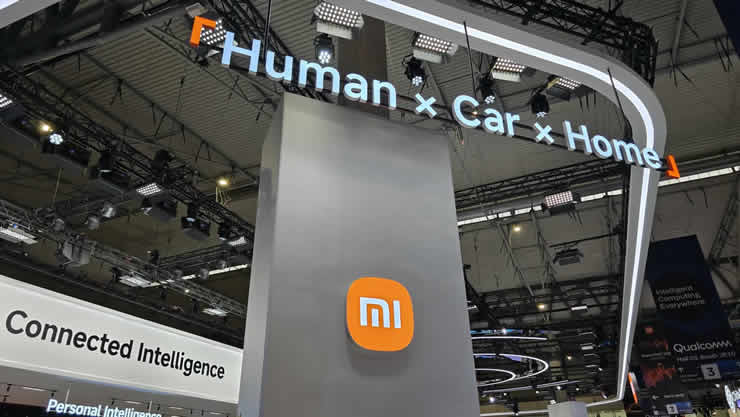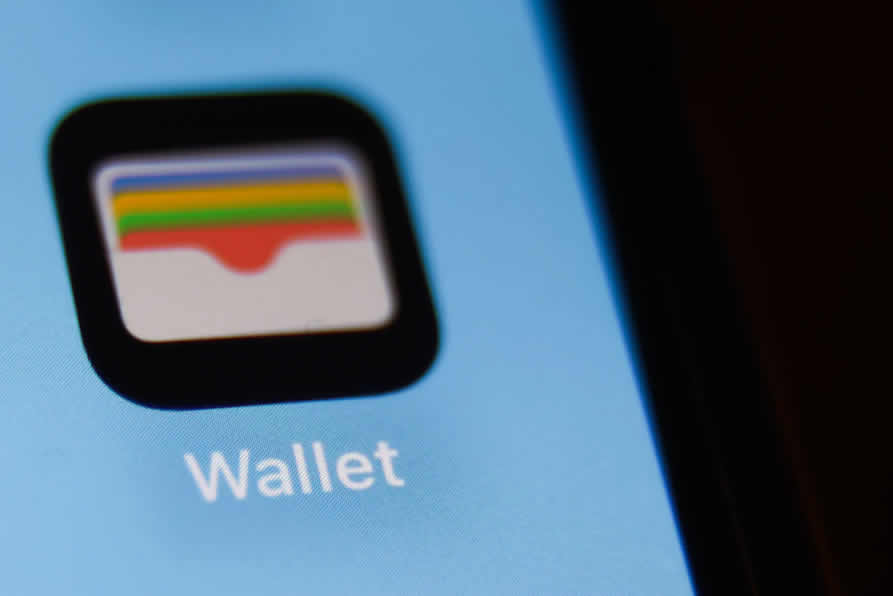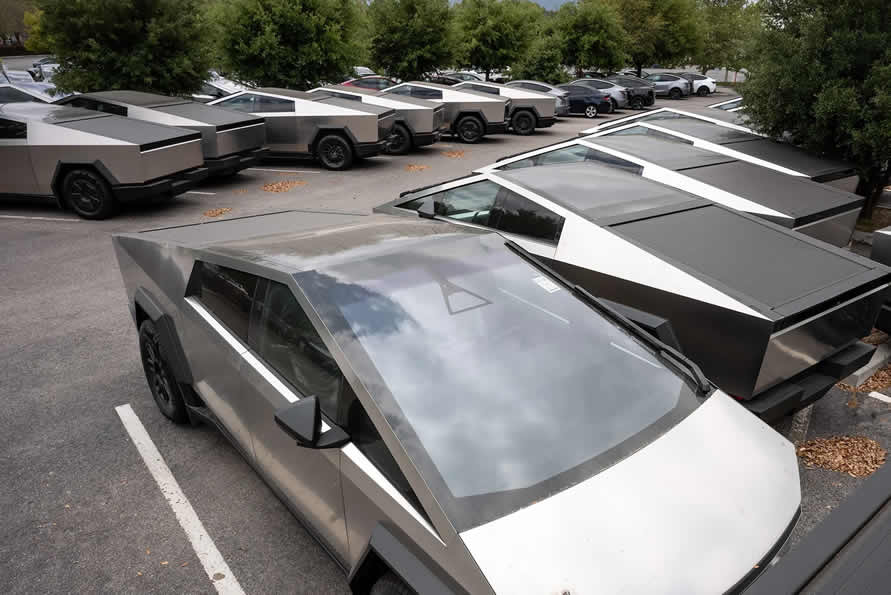At the Mobile World Congress (MWC) in Barcelona(2025/03/03-06), Chinese electronics players from Xiaomi to Honor and Oppo were out in force, showing off their latest devices. Xiaomi even had its latest electric vehicle — the SU7 Ultra – on show as it looked to create a buzz.
Xiaomi also launched a high-end smartphone while Honor announced a $10 billion investment in AI. Oppo touted its AI privacy features and other lesser-known players like Tecno, owned by Transsion, unveiled products like AI glasses.
Huawei was also in attendance, and showed off the Mate XT, a trifold smartphone which it has launched in international markets as it charts a very cautious comeback to the global sphere.
Chinese smartphone manufacturers are facing renewed uncertainty as former U.S. President Donald Trump’s potential return to power threatens to disrupt their ambitious global growth strategies. Industry leaders like Xiaomi, Oppo, and Vivo, which have successfully captured emerging markets across Asia, Africa, and Latin America, now confront geopolitical risks that could reshape international trade dynamics.
Analysts warn that Trump’s proposed 60% tariffs on Chinese goods and anti-globalization rhetoric could destabilize supply chains and pricing models perfected by these companies. This comes at a critical juncture—Chinese brands recently surpassed 50% of global smartphone shipments for the first time, leveraging aggressive pricing and localized marketing.

Insiders reveal contingency plans are being accelerated, including manufacturing diversification to India and Vietnam, stockpiling critical components, and developing AI-driven trade compliance systems. “We’re preparing for multiple scenarios,” stated a Xiaomi executive anonymously. “Our factories outside China can scale to 40% of U.S.-bound production within 90 days if needed.”
The Trump factor coincides with growing scrutiny of Chinese tech in Western markets. Recent FCC probes into data security practices and bipartisan support for tighter import controls suggest storm clouds ahead. However, Chinese firms counter that their success stems from consumer-driven innovation, pointing to foldable-screen breakthroughs and satellite connectivity features outpacing Western rivals.
Market data reveals a paradox: While U.S.-China tech tensions escalate, Chinese smartphone sales in Trump-leaning states like Texas and Florida grew 22% year-over-year. Experts attribute this to value-focused buyers prioritizing specs over politics. “When a 299phoneoutperformsa299phoneoutperformsa1,200 flagship, ideology often loses,” noted a Counterpoint Research analyst.

As election rhetoric intensifies, industry watchers urge caution. Tariffs could force price hikes up to 35% on Chinese devices, potentially eroding hard-won market share. Yet with $12 billion invested in overseas R&D centers since 2022, these companies appear determined to weather the storm. The smartphone wars’ next battleground may hinge less on technology than on trade policy.




